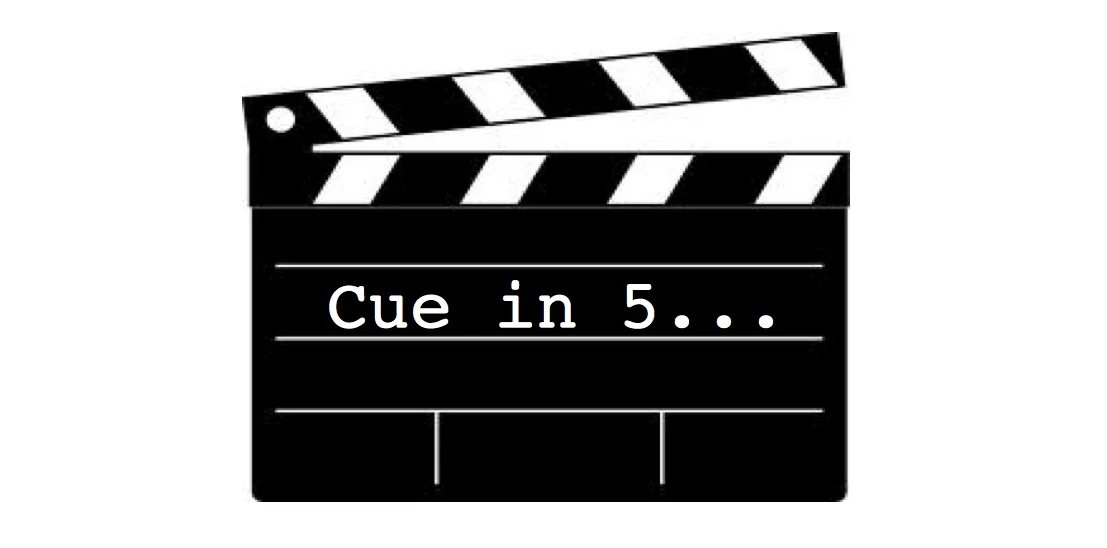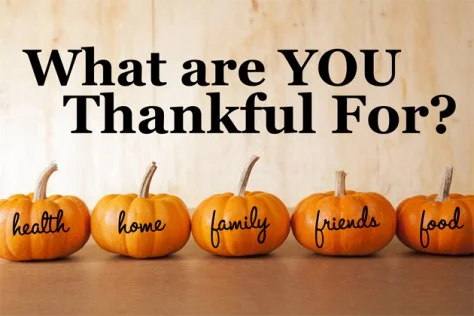Know Your Cues
The art of communicating has become a lost skill in the social media era we live in. We’ve become conditioned to communicate in 140 characters or less, through hashtags, and abbreviated text conversations. How we come across in our daily communication is more often misconstrued, miscommunicated and misunderstood. Communication is a skill and like all skills, it’s something that you have to work at.
I launched my website this month, opening with my first blog post regarding communication styles. In keeping with November’s communications theme, knowing your “style” (as well as your peers), along with utilizing other communication tools, will make you a great communicator!
“Communicate” is defined as sharing or exchanging information, news, or ideas. I believe a breakdown in communication is often a result of one party monopolizing the conversation, which in turn causes the listening party to shut down mentally, thus, listening to respond rather than listening to understand. Neither examples are actively participating; sharing nor exchanging information.
Actively participating when communicating includes incorporating more than just what you say. It’s how you say it aloud, in words and non-verbally.
Communication as a whole includes:
Verbal – words spoken
Intonation – how you are communicating, your tone
Nonverbal or Visual – body language, posture, facial expressions
Written – punctuation, grammar, tone
Listening – being present in the conversation
Listening is a vital interpersonal communication skill. The best communicators are great listeners. In order to communicate effectively you must first and foremost be an engaged listener. Be present in the conversation.
Actions speak louder than words.
We also have to pay attention to the nonverbal cues, the ones we receive and the cues we give. Some research has shown that up to 93% of communication is nonverbal. NINETY THREE PERCENT yikes!
Dr. Albert Mehrabian (Prof. Emeritus of Psychology, UCLA) studied the importance of nonverbal communications in the 1970’s. His communication model, the 7-38-55% rule demonstrates that:
7% of communication is spoken words
38% voice tone
55% body language
Being an effectively persuasive communicator in our presentations, while public speaking, in how we respond, our tone, and posture, are complimentary to each other. Those cues convey more about what we’re saying without verbally saying it, and are equally important in our being successful communicators. That emotional awareness of others and within ourselves can affect how we communicate effectively.
Think before you speak (communicate). Take a breath. Breathing slows down your communication and allows yourself to clarify what you heard instead of reacting impulsively, resulting in not getting your message across positively.
Remember the cues:
Speak clearly (Verbal).
Think before you speak or write - watch your tone! (Written/Listening) A tip I learned in a journalism class is to read what you’ve written aloud, you’ll hear the tone of the communication, sentence structure and flow through the reader’s eyes, thus, becoming an empathetic listener.
Become emotionally aware of others and yourself so that your communication doesn’t come across negatively or reactionary. (Intonation/tone)
Check your posture; is your body language contradicting your communication? (Nonverbal)
Be great…the world needs more of that!
-G
(Photo Source: queenbcowley blogspot)






